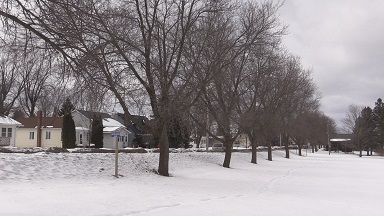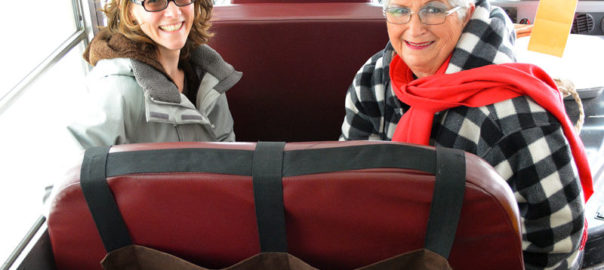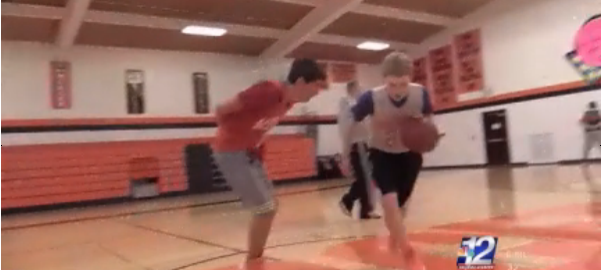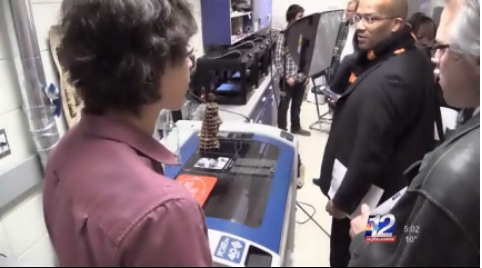
News Watch 12: Sparks flew in front of Valencia Carthen’s eyes, sparking inspiration to take back home.
“The first thing you learn as a brand new teacher is steal, steal, steal the best ideas,” Carthen said.
The Milwaukee Washington High School principal was getting ready to unpack her school district’s first fab lab equipment Friday. Thursday, she and 12 other Milwaukee Public Schools members checked out several Northwoods labs with 3D printers, laser engravers, and routers.
“I had a small idea, which I thought was a big idea, but just going on this tour… The sky’s the limit for these kids,” Carthen said.
The tour through Northland Pines, Three Lakes, and Florence happened after a conversation between State Representative Mary Felzkowski (R-Irma) and MPS Superintendent Dr. Darienne Driver. The two agreed small and big districts need to work together.
“A lot of times people think the rural schools just won’t have access to different resources, but they’ve shown us what they can do with what they have,” Dr. Driver said. “So, now my folks are going back and we’re all thinking like, OK, we can do this.”
State Representatives Rob Swearingen (R-Rhinelander), Jeff Mursau (R-Crivitz), and Felzkowski made a point of visiting Three Lakes. In 2014, it became the first K-12 district in the state to get a fab lab.
“This is where future education is heading,” Three Lakes senior Jack Connelly said.
Connelly and his team showed off their creation to lawmakers and school representatives. They also explained their goal of forming a business.
“I have no doubt in my mind that any student is capable of replicating what we’ve done here,” Connelly said. “The reason I know that is because I didn’t think I could do this six months ago.”
Since Three Lakes’ successful launch two and a half years ago, about 150 school districts statewide have built or signed on to build fab labs.
Read more.
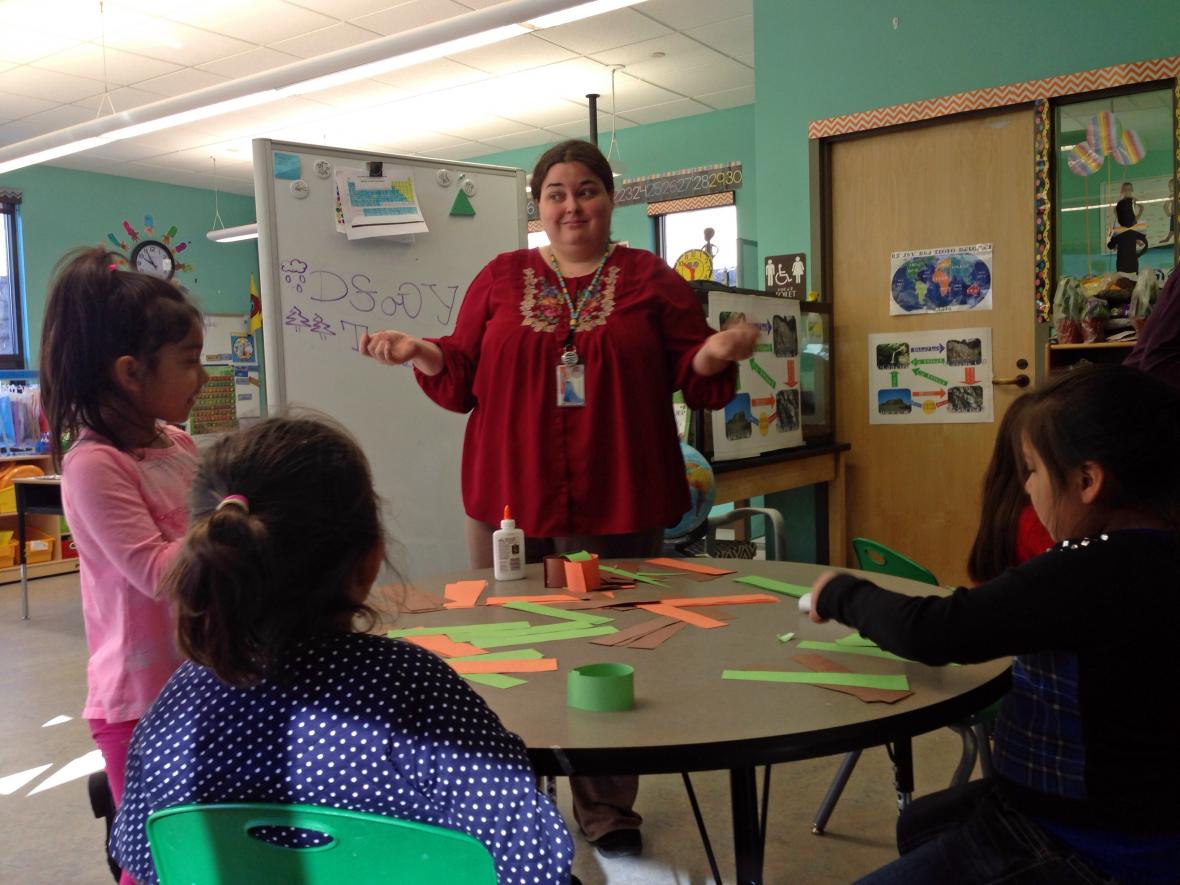

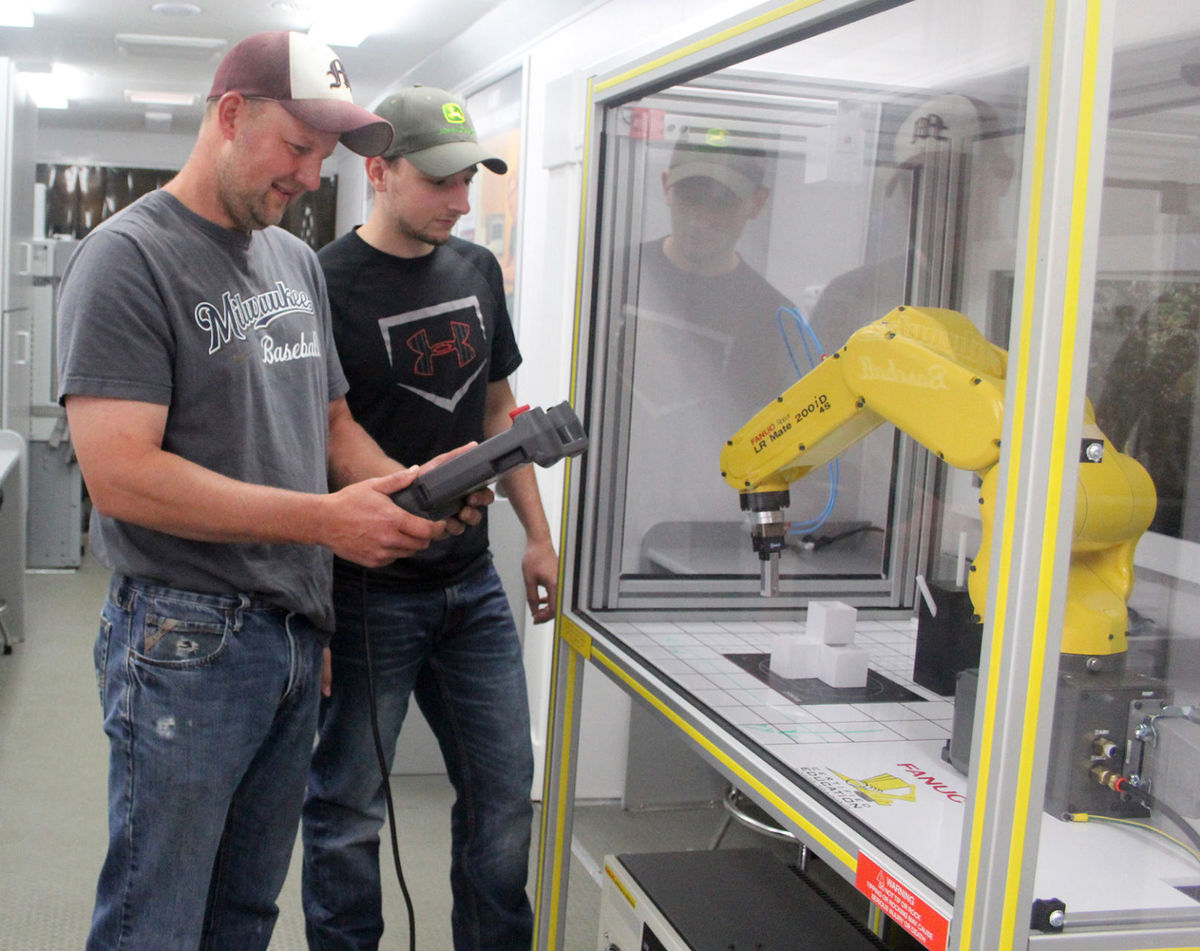

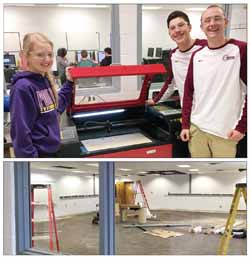
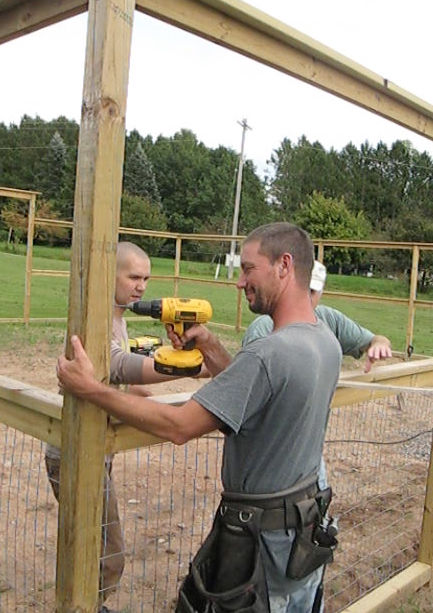 Price County Review: It may be the middle of winter, but for three Phillips residents, ideas are sprouting like spring’s first seedlings.
Price County Review: It may be the middle of winter, but for three Phillips residents, ideas are sprouting like spring’s first seedlings.